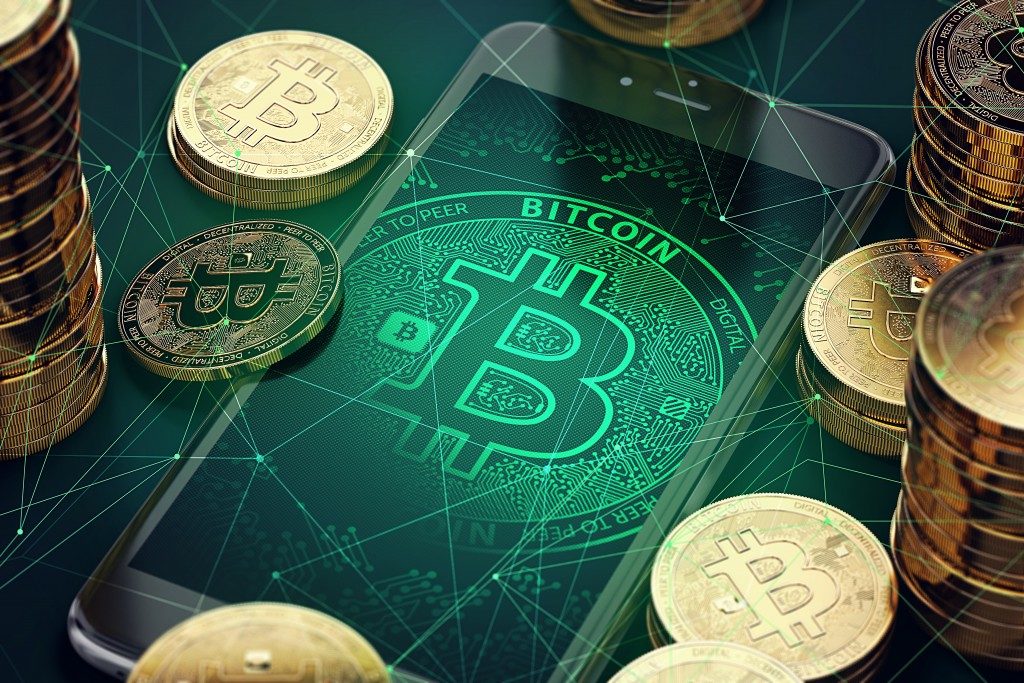Blockchain is a digital ledger wherein cryptocurrency transactions are recorded in chronological order. Banks, healthcare, supply chains, and other industries have adopted the decentralized system to record-keeping. The technology’s advantages have made it alluring, especially to the card payments industry. How is blockchain changing card payments?
Getting Rid of the “Middlemen” Fees
The emergence of credit card processing software, like Merchantcardadvisors.com, has made card payments easier. The technology is convenient for both the shoppers and the merchants.
Thanks to blockchain, automating complex processes would be easier for the card payments industry. It could also cut out middlemen fees.
A typical card transaction involves the merchant, the cardholder, the acquirer, the payment gateway, the interchange, and the issuer. Right now, all fees go to the intermediaries, which are the last four parties mentioned.
But with blockchain in place, it’s an opportunity to break through multiple “middlemen fees”. Taking out the middlemen out of the picture also means removing transaction fees. The card payments industry will then have a low-fee digital payments network.
The technology would get rid of the transaction overhead and enable “micro-transactions,” which are small transactions done with near-zero charges and instant verification. Merchants will also have the opportunity to share the savings in processing fees with their shoppers.
Welcoming a World without Cash

The New York Times reports that the world is about to become less dependent on cash. This is true, especially since many companies now offer “mobile payments” as an alternative to card payments.
The problem, however, is these companies still charge nearly the same in processing fees. But with blockchain technology, local and international payments will be made easier.
Consumers can bid farewell to fees charged by banks when they use their services abroad. The payment system dependent on blockchain would let shoppers buy things, whenever or wherever they may be.
It’s not just shoppers who will benefit from such a card payments system. Even smaller merchants would have a chance to flourish — an opportunity they didn’t have due to cross-border fees for international sales.
Other companies have started trying the potential of Blockchain. Earlier in 2018, several banks in Asia ran a pilot test using the technology to transfer cross-border funds in seconds between Singapore and Thailand. Adoption, however, has not been speedy.
What’s Stopping Blockchain Solutions From Happening?
Efficiency, cost-effectiveness, and even security are set to improve in blockchain. But the solutions have not been realized yet because of several factors, such as:
- Volatility: The price of cryptocurrencies is highly volatile and using them still includes a lot of guesswork and trend research.
- Complexity: The current Blockchain solutions are not particularly user-friendly.
- Availability or Accessibility: The use of cryptocurrencies isn’t widespread yet. What’s more, the places to spend them are still scarce.
- Scalability: The number of transactions currently constrains the early blockchain protocols.
Despite these hurdles, the greater adoption of blockchain can happen as the world moves toward more digital transactions. The technology, however, will take some time before it can replace the dated financial system some businesses are using today.

